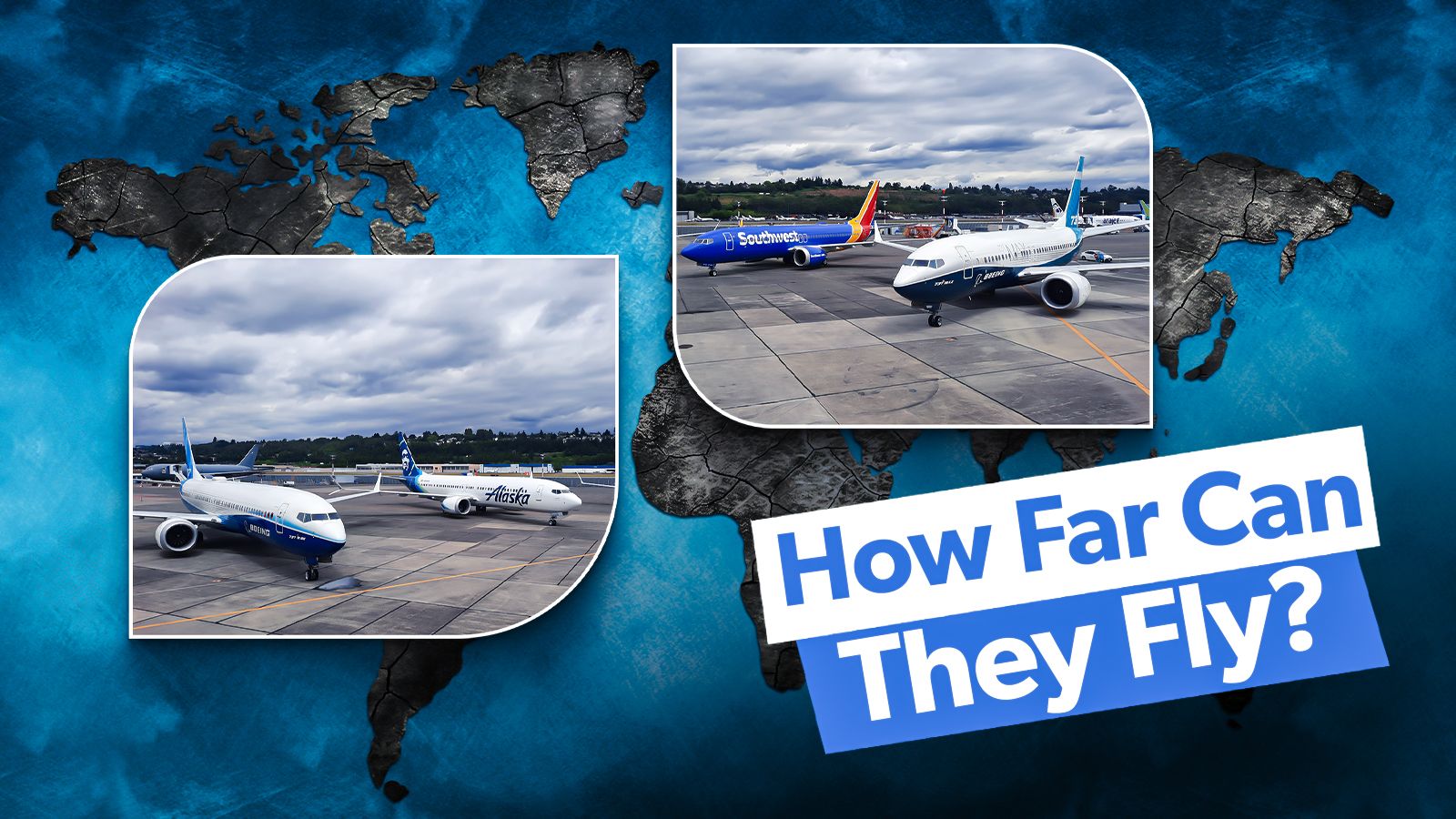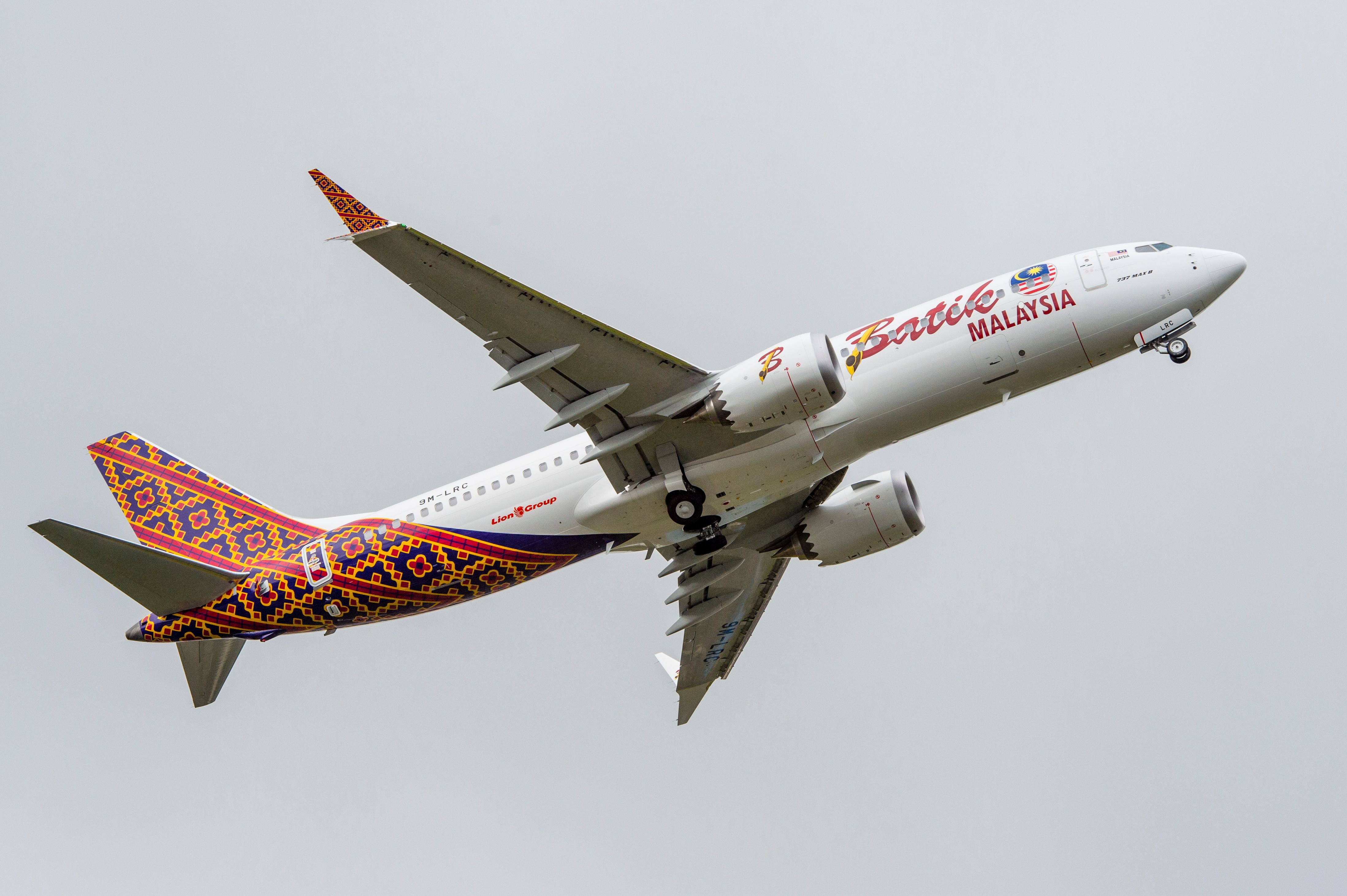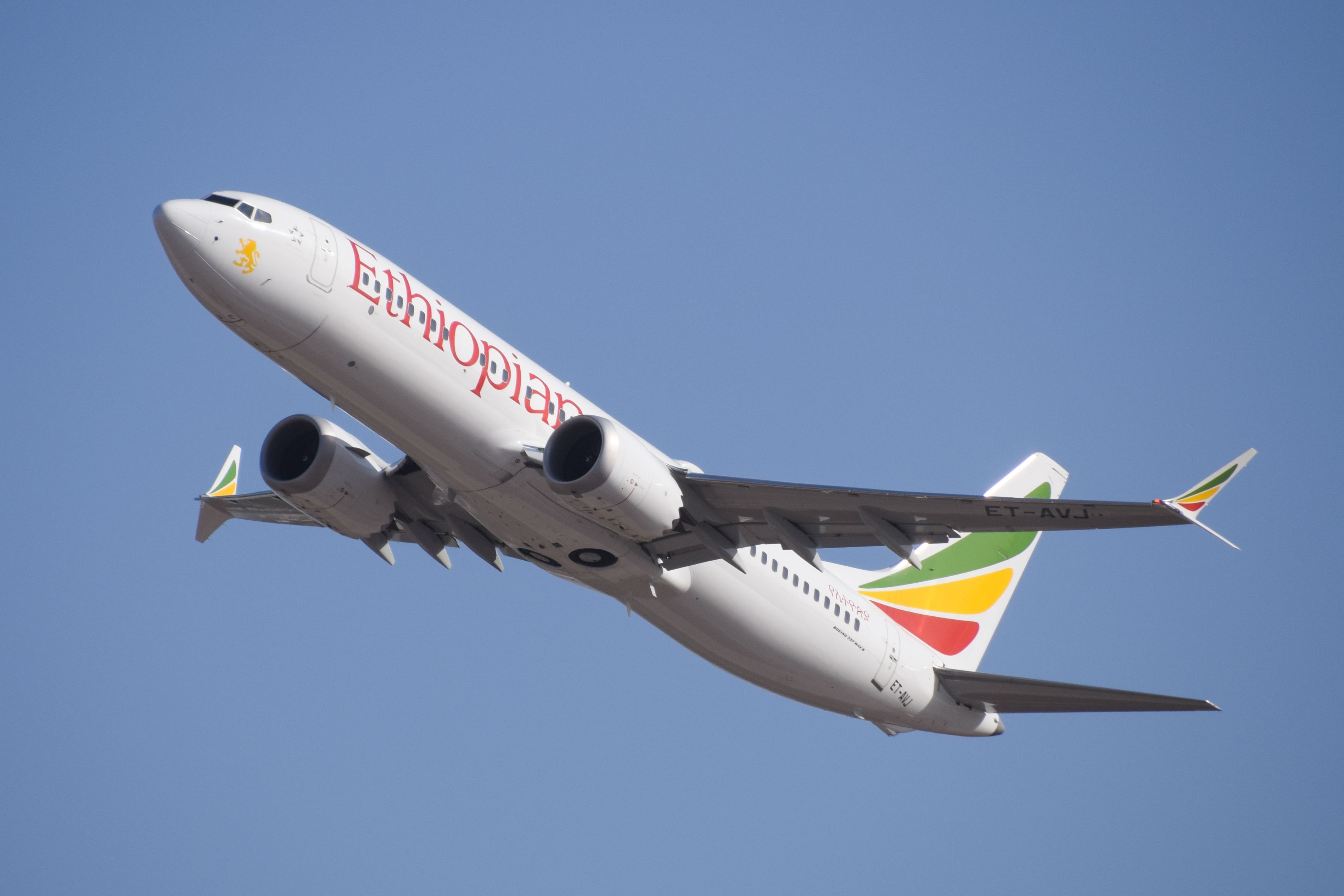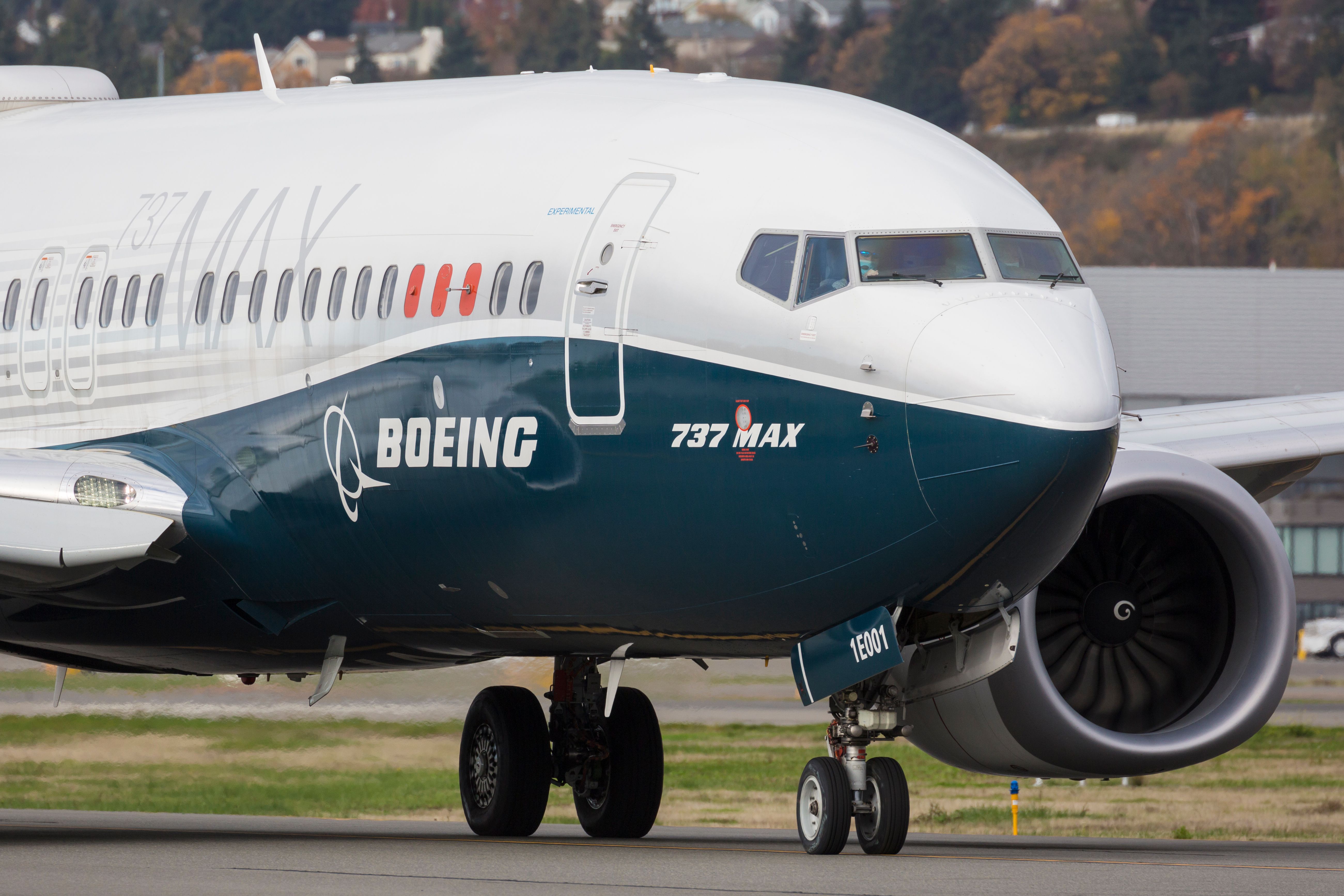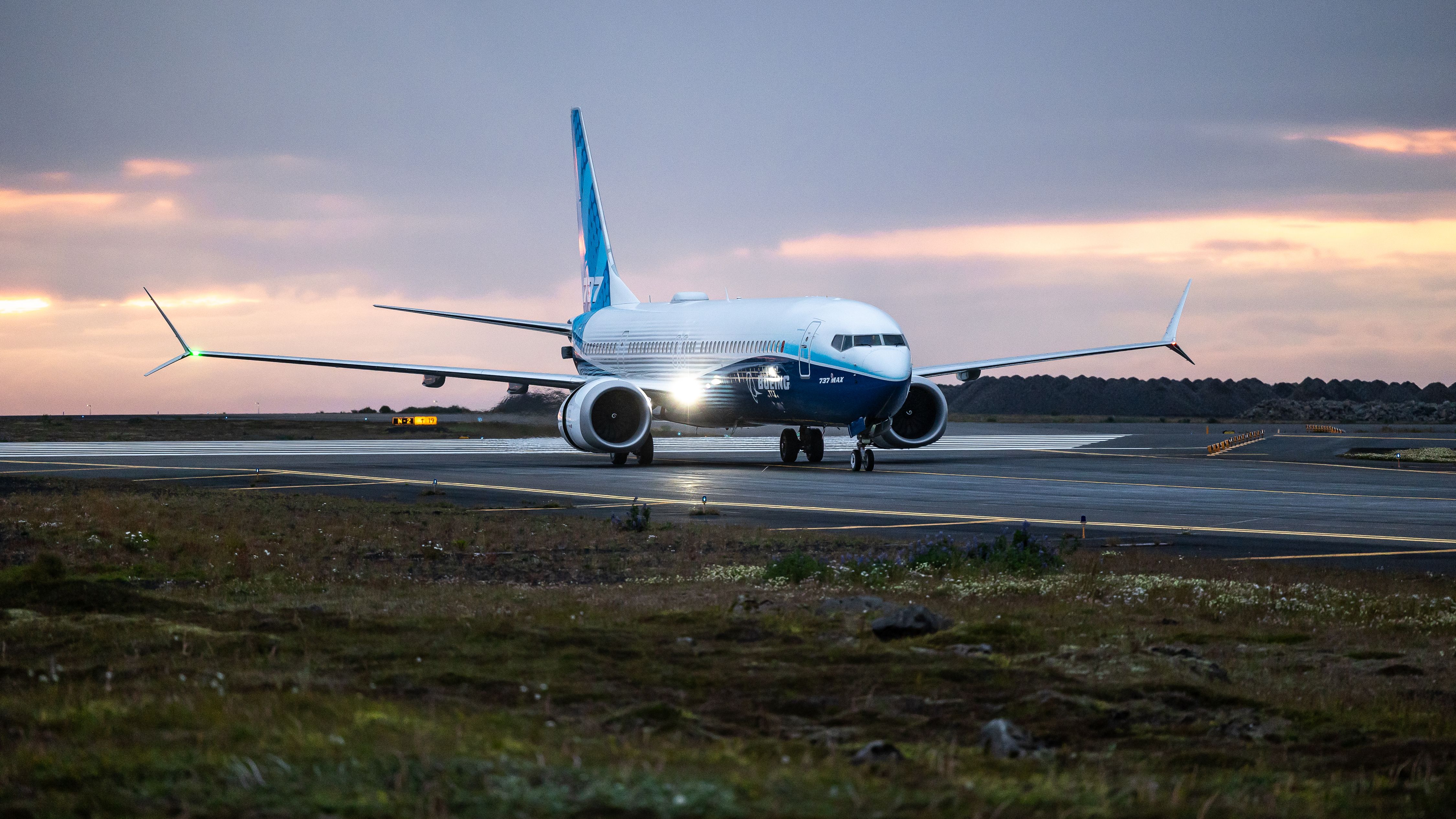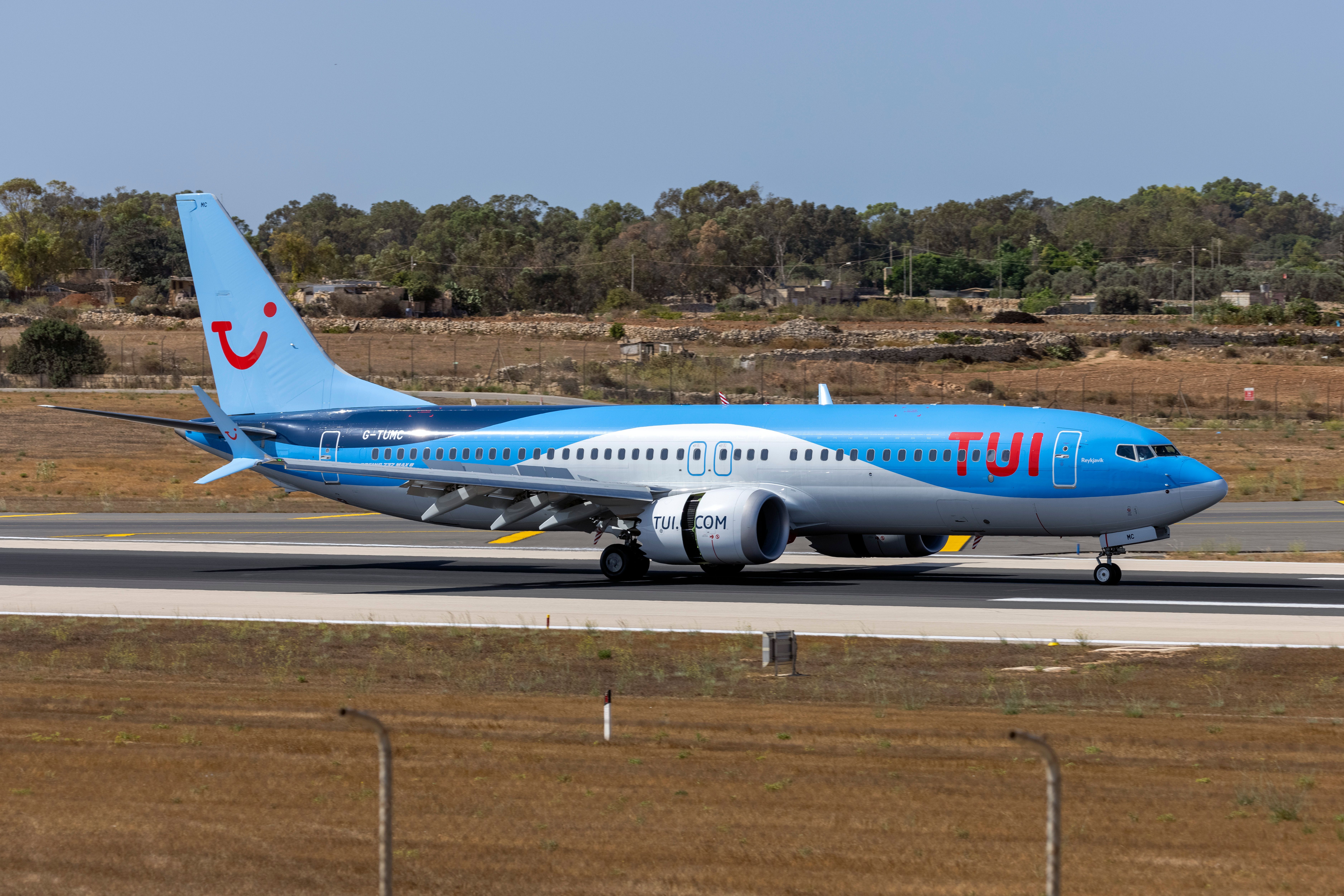Summary
- Boeing 737 MAX was created to compete with the Airbus A320neo family, promising fuel efficiency and an enhanced range.
- The two fatal crashes were attributed to the Maneuvering Characteristics Augmentation System (MCAS) and lack of pilot knowledge.
- Despite setbacks and safety concerns, Boeing continues developing the MAX 7 and MAX 10 variants post-grounding.
Ever since Malindo Air (now Batik Air Malaysia) operated the first commercial Boeing 737 MAX 8 flight on May 6th, 2017, the aircraft has been mired in controversy. While we will discuss safety issues surrounding the plane later, the primary purpose of this article is to examine the four Boeing 737 MAX models and see how their range varies from variant to variant.
As early as 2006, Boeing executives were considering a new clean sheet design for the Boeing 737 but put things on hold until 2011. In December 2010, Boeing's main rival, European planemaker Airbus, launched the Airbus A320neo family of aircraft. Fitted with new, more fuel-efficient engines and an improved maintenance schedule, Boeing knew they needed to do something to compete.
Boeing wanted an aircraft to compete with the Airbus A320neo family of planes
During the 2011 summer Paris Air Show, Airbus received 667 commitments for new A320neo family aircraft, taking its backlog to 1,029 units, a record for a new commercial airliner. During a meeting on August 30th, 2011, Boeing's board of directors approved building a 737 with new engines that would be slightly more fuel efficient than the Airbus A320neos. The redesign was also done with the idea of having an aircraft with a more extended range than the Airbus A320neo family.
The Boeing 737 MAX made its maiden flight on January 29th, 2016, taking off from Renton Municipal Airport (RNT) at 09:46 local time and landing at King County International Airport (BFI) at 12:33 local time. When speaking about the milestone in a company statement, Boeing Commercial Airplanes President and Chief Executive Officer Ray Conner said:
"Today's first flight of the 737 MAX carries us across the threshold of a new century of innovation – one driven by the same passion and ingenuity that have made this company great for 100 years."
"We are tremendously proud to begin testing an airplane that will deliver unprecedented fuel efficiency in the single-aisle market for our customers."
One year and two months later, the Boeing 737 MAX 8 received its Federal Aviation Authority (FAA) on March 8th, 2017, followed a couple of weeks later by the European Union Aviation Safety Agency (EASA).
The Boeing 737 MAX crashes and the grounding of the plane
On October 29th, 2018, Lion Air Flight 610 took off from Soekarno–Hatta International Airport (CGK), bound for Depati Amir Airport (PGK). Just 13 minutes into the flight, the Boeing 737 MAX 8 lost control and crashed into the Java Sea, killing all 189 passengers and crew. Five months later, Ethiopian Airlines Flight 302, also operating a Boeing 737 MAX 8, took off from Bole International Airport (ADD) in Addis Ababa for Jomo Kenyatta International Airport (NBO) in Nairobi, Kenya. Six minutes into the flight, the pilots lost control of the aircraft, and it crashed near the town of Bishoftu, killing all 157 people aboard.
Two days after the second crash, the Chinese aviation authorities grounded the plane, followed by other aviation authorities worldwide. The last agency overseeing air travel safety to ground the aircraft was the United States Federal Aviation Authority (FAA), which did so on March 13th, 2019, three days after the second crash.
During the subsequent investigation, it was discovered that the most significant contributing factor to both crashes was the Maneuvering Characteristics Augmentation System (MCAS), a computer flight stabilizing feature developed by Boeing. A second factor in both crashes was the pilots' ignorance of the MCAS and how to override it when activated.
Boeing immediately set about redesigning the feature, and after many hours of testing and pilot training, the Boeing 737 MAX was cleared to fly again on November 18th, 2020.
The four Boeing 737 MAX variants and their ranges
After the Boeing 737 MAX and MAX 9 grounding was lifted, Boeing resumed work on the smaller 737 MAX 7 and the most significant variant, the 737 MAX 10, hoping to receive certification for both aircraft in 2023 or 2024. However, the Seattle planemaker was delivered a substantial blow to the accreditation of both aircraft on January 5th, 2024, when the door of an Alaska Airlines Boeing 737 MAX suddenly blew off the aircraft on a flight between Oregon and California.
The aircraft lost cabin pressurization immediately, and the oxygen masks were deployed. The pilots immediately descended the aircraft and made an emergency landing back at Portland International Airport (PDX). Fortunately, none of the passengers or crew were harmed despite two unoccupied seats being sucked out of the plane. Boeing and its 737 MAX are under scrutiny again, which means it could be some time before the MAX 7 and MAX 10 are certified.
Boeing 737 MAX 7
The Boeing 737 MAX is the smallest of all MAX variants, seating 138 passengers. Compared to the Boeing 737-700, the MAX 7 can fly 1,200 miles further than the 737-700 with an 18% fuel savings per seat.
- The Boeing 737 MAX 7 has a range of 4,400 miles.
Boeing 737 MAX 8
Built to replace the Boeing 737-800, the MAX 8 is typically configured in a one-class 3-3 layout with seating for 186 passengers. The Boeing 737 MAX 8 is the aircraft that was involved in both fatal crashes.
- The Boeing 737 MAX 8 has a maximum range of 4,000 miles.
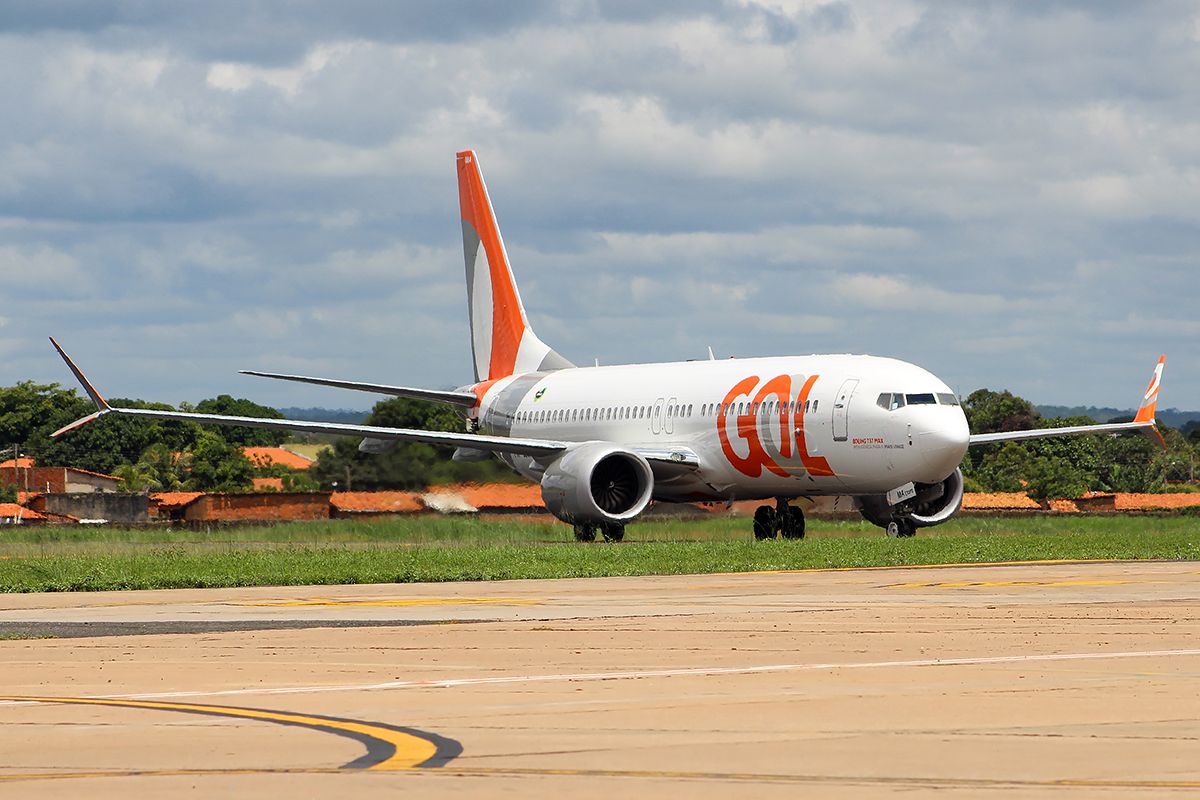
8 Hours 25 Minutes: GOL Schedules The US’ 2nd Longest Boeing 737 MAX Flight
Are you up for that?Boeing 737 MAX 9
Designed to compete with the Airbus A321neo, the Boeing MAX 9 used by Alaska Airlines has 16 first class seats, 24 premium class seats, and 138 economy class seats for a total of 178 seats.
- The Boeing 737 MAX 9 has a maximum range of 3,800 miles.
Boeing 737 MAX 10
Despite the MAX being built to compete with the Airbus A321neo, the European plane has outsold the MAX by five to one. Hoping to catch up and appeal to Korean Air and United Airlines, Boeing began working on a larger MAX 10 variant that accommodates up to 228 seats.
- The Boeing MAX 10 has a maximum range of 3,600 miles.

